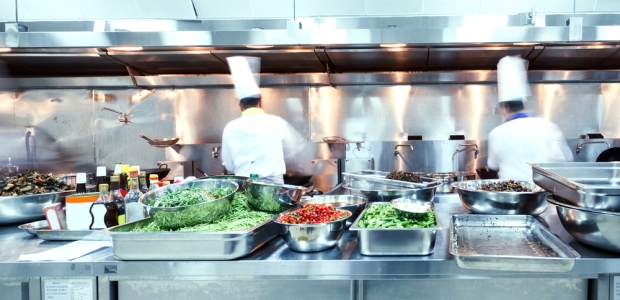
Revised Colorado Food Code Taking Effect Jan. 1
One new requirement is that at least one person affiliated with the facility with management/supervisor responsibility must be a Certified Food Protection Manager from an accredited program, and this change applies to most establishments.
A revised Colorado Food Code will take effect on Jan. 1, 2019, and the state's Department of Public Health & Environment is posting lots of documents and material to help affected companies get ready for it.
After stakeholder meetings during 2017 to determine how to effectively implement the code, the State Board of Health unanimously voted Nov. 15, 2017, to adopt the 2013 Food Code and 2013 Supplement. Guidance materials offered by CDPHE explain the new requirements, which include these:
- At least one person affiliated with the facility with management/supervisor responsibility must be a Certified Food Protection Manager from an accredited program, and this change applies to most establishments. Acceptable food protection manager training is available from several organizations, including the National Restaurant Association, according to the the department's Colorado Food Code Transition document.
- Seven day date marks are required on certain ready-to-eat time/temperature control for safety (TCS) foods, and a date mark is required if food is held longer than 24 hours. Some foods are exempt from the date marking requirement, including commercially pre-packaged deli salads, cultured daily products, preserved fish products, shelf-stable dry fermented sausages, and some hard and semi-soft cheeses.
- Procedures are required in all establishments in the event of a diarrhea or vomiting event. Operators must inform all employees on how to safely clean up bodily fluid discharges.
- Hand washing is no longer required before every glove change. If no risk of contamination has occurred, employees can change gloves without washing their hands.
- A sign or poster notifying employees to wash their hands is required at all handwashing sinks used by food employees and must be clearly visible.
- Refilling take-home food containers for food and beverages is now allowed.
- Appliances and equipment are no longer required to be ANSI certified.
- The term "potentially hazardous" food has been changed to "time/temperature control for safety" food.